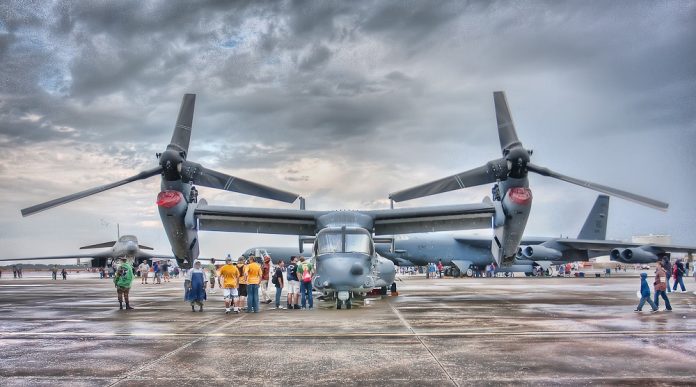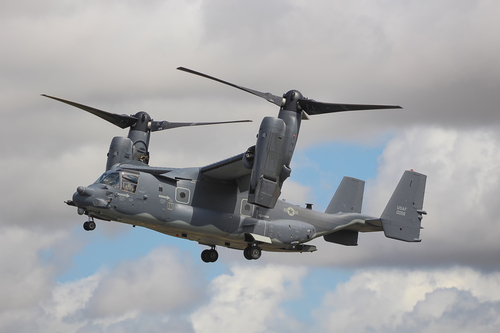
The V-22 Osprey, the U.S. Military’s only tiltrotor aircraft, known for its distinctive ability to take off and land like a helicopter and fly like a plane, is set to enter a new chapter in its service life. U.S. Marine Corps Col. Brian Taylor, the joint program manager for the V-22, announced at the Modern Day Marine conference in Washington that the military is considering a technological overhaul to extend the aircraft’s life potentially into the 2070s.
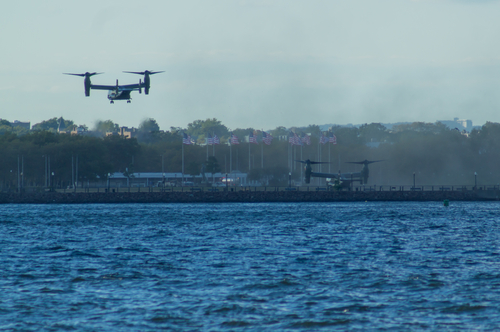
The Osprey’s operational versatility has been undisputed with its mission range being described as “absolutely unlimited.” However, the aircraft has faced challenges, notably with its complex drive system.
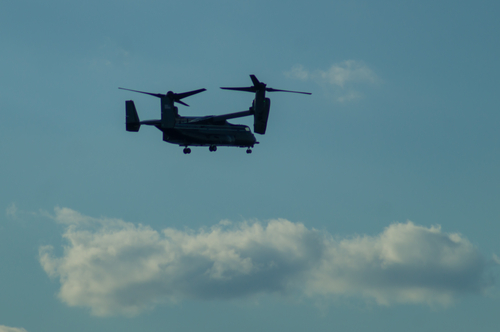
In February 2023, the Osprey program office paused operations for some aircraft to replace the input quill assembly, which had been causing hard clutch engagements.
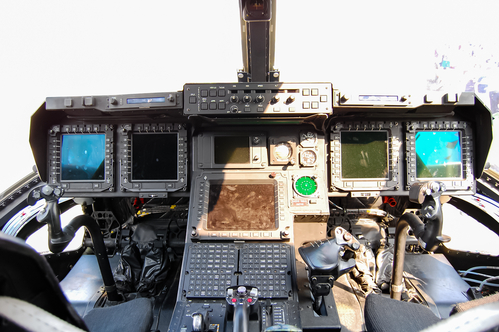
In the wake of these challenges, two significant upgrade programs have been proposed: the V-22 Cockpit Technology Replacement (VeCToR) and the Renewed V-22 Aircraft Modernization Program (ReVAMP).
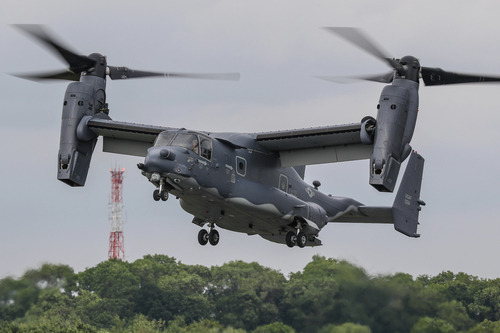
VeCToR focuses on updating the aircraft’s cockpit with more off-the-shelf technology to improve its computers, displays, and radars. This initiative is set to begin research and development in 2026, with fielding from 2032 to 2042.
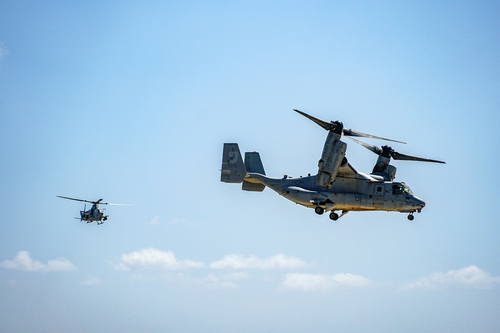
ReVAMP takes a broader approach, studying how to preserve the fuselage for decades beyond its current expected lifespan in the early 2060s. R&D for ReVAMP is set to commence in 2036, aiming to retrofit installations between 2042 to 2050.
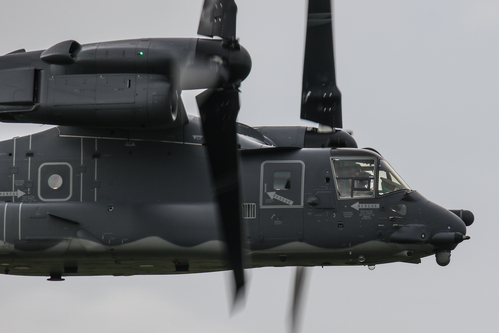
The program is considering new wings and nacelles, which may grant the aircraft another 40 years of service. Col. Taylor shared that “there’s enough margin in [the fuselage]… so if we put a new wing and a nacelle on there, we’re probably good for another 40 years.”
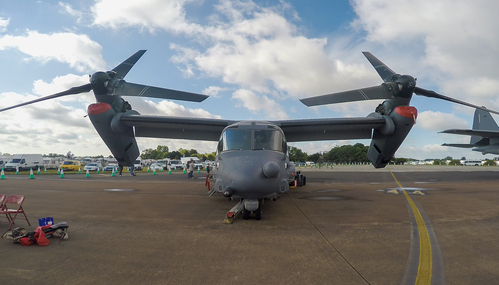
Additionally, the V-22 may explore an optionally unmanned version, providing flexibility for future missions and enhancing reliability, maintainability, affordability, and safety. Col. Taylor expressed enthusiasm for the aircraft’s potential longevity but remained open to pivoting to new technology if it better serves military needs.
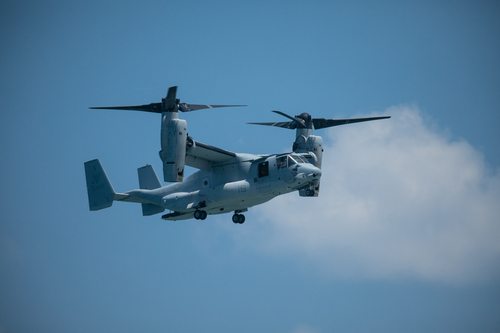
“I would love to see the V-22 stay in service for the next 100 years. But if there’s a better thing that we need to pivot to, then that’s really kind of up to the services,” Taylor remarked.
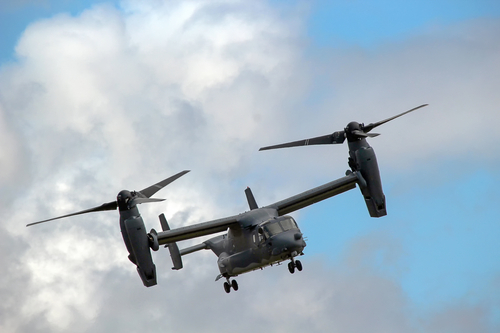
In line with this, the program office is moving towards making the V-22 a ‘software-defined’ aircraft, a shift from being a hardware-dependent platform.
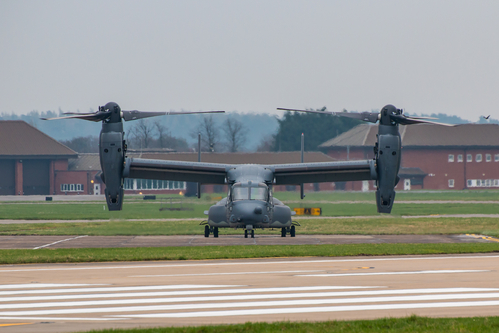
This transformation aims to enable faster capability upgrades and provide the flexibility required for mission kitting. The approach should reduce the software build cycle from four years to as little as 18-24 months.
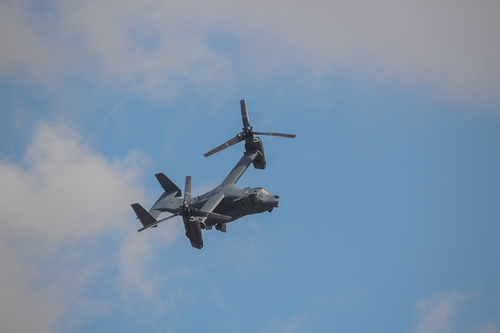
As production winds down, with the last Ospreys likely to be ordered within the FY 2023 budget and deliveries set until 2026, the focus shifts from development and production to sustainment.
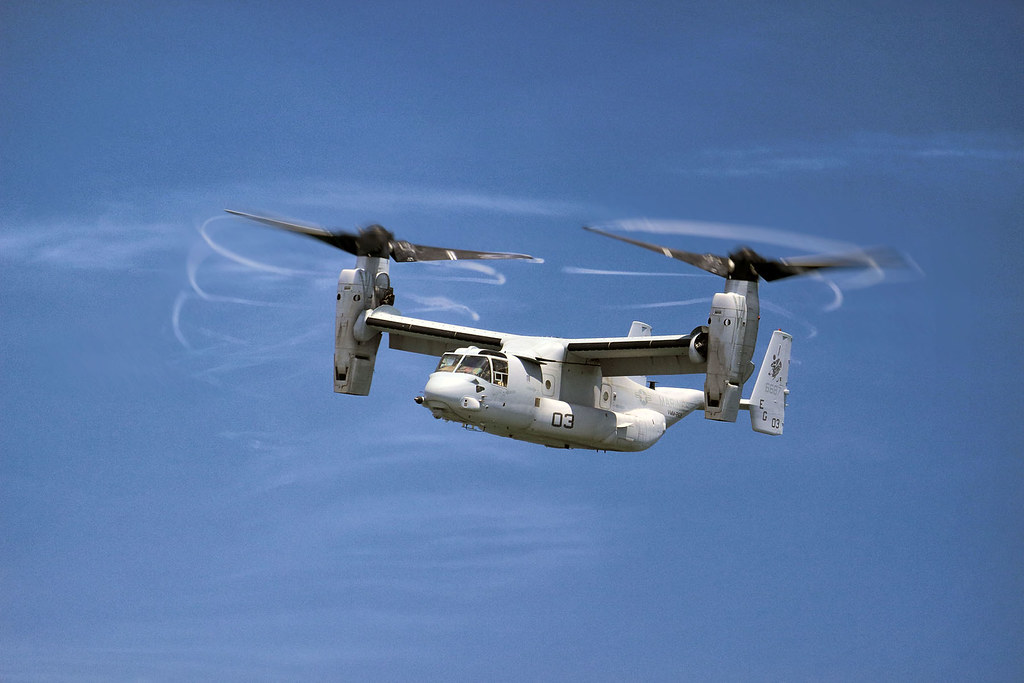
Operators are set to continue seeing the V-22 darkening the skies for the foreseeable future, with vast potential for its mission set. The prospect of incorporating commercial off-the-shelf technologies for cockpit improvements and streamlining maintenance processes further underscores the Osprey’s adaptability and longevity.
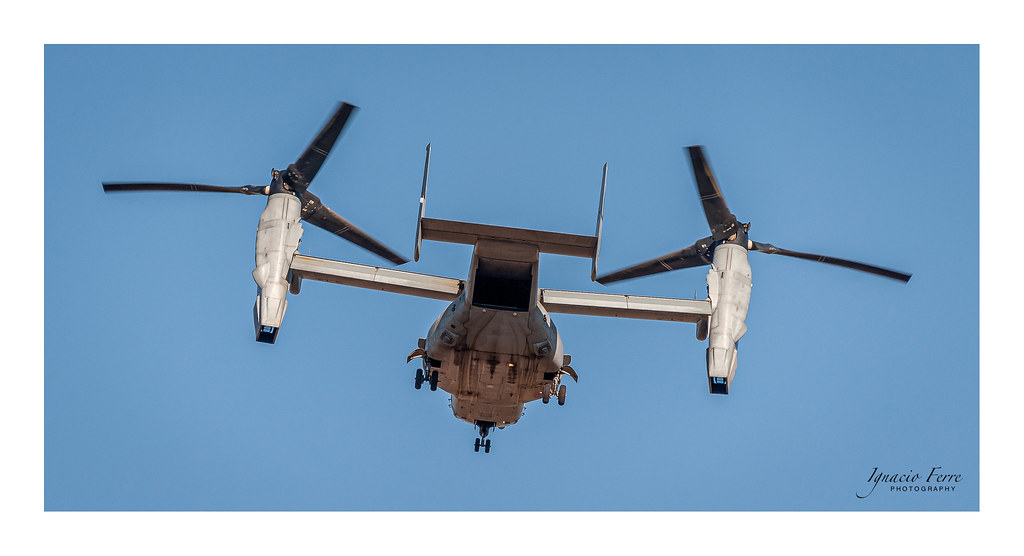
The V-22’s evolution mirrors that of other enduring platforms like the Boeing CH-47 Chinook and B-52 Stratofortress, which have seen prolonged service lives through successive technological updates.
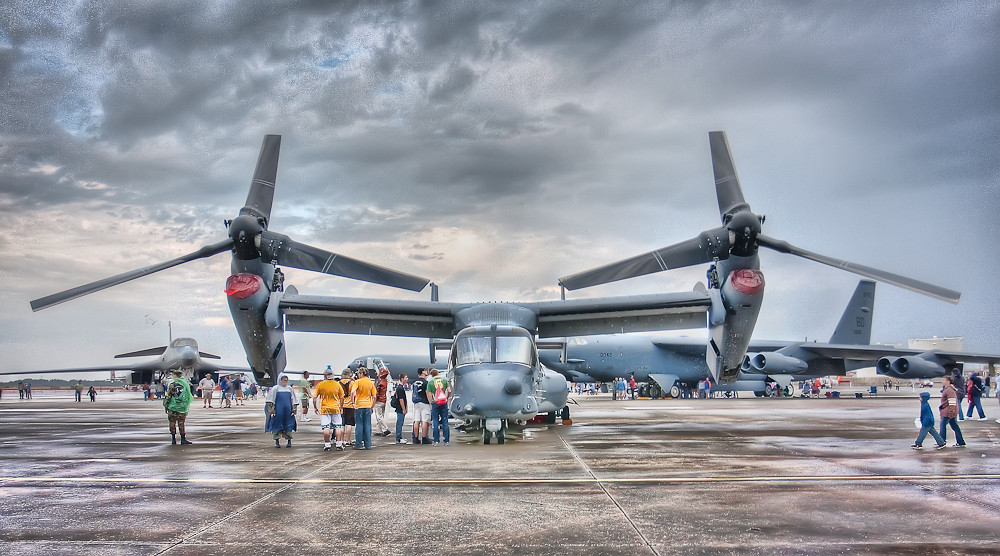
With an eye towards the future, it seems the Osprey is poised to maintain its pivotal role in the U.S. Military for many years to come, well past its original sunset date, adapting to the changing landscapes of both technology and warfare.
